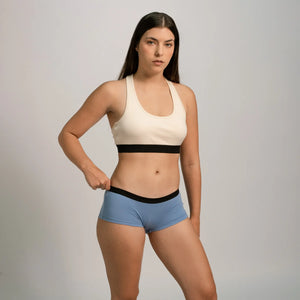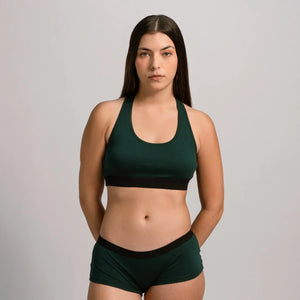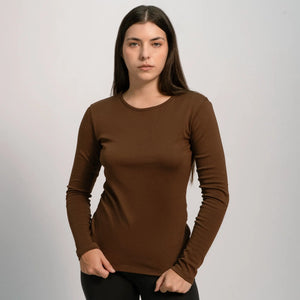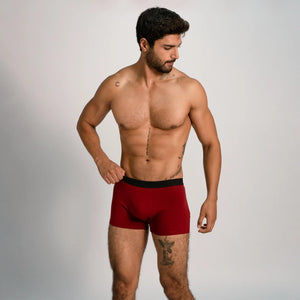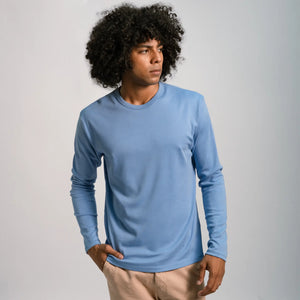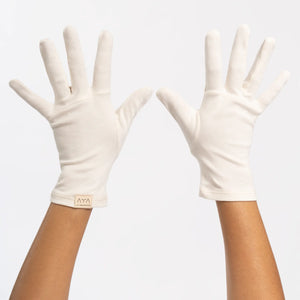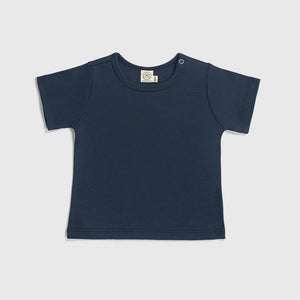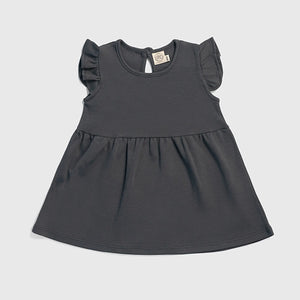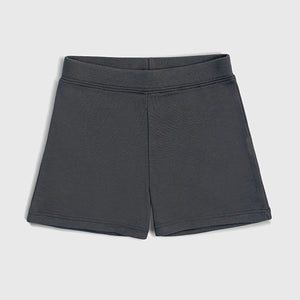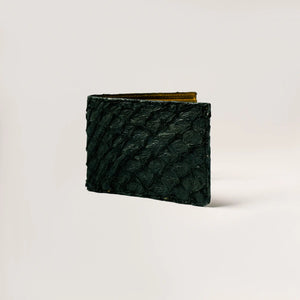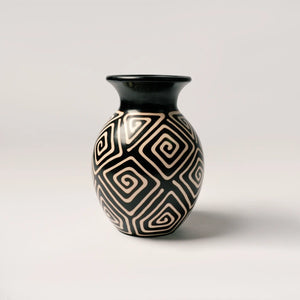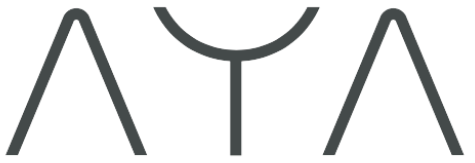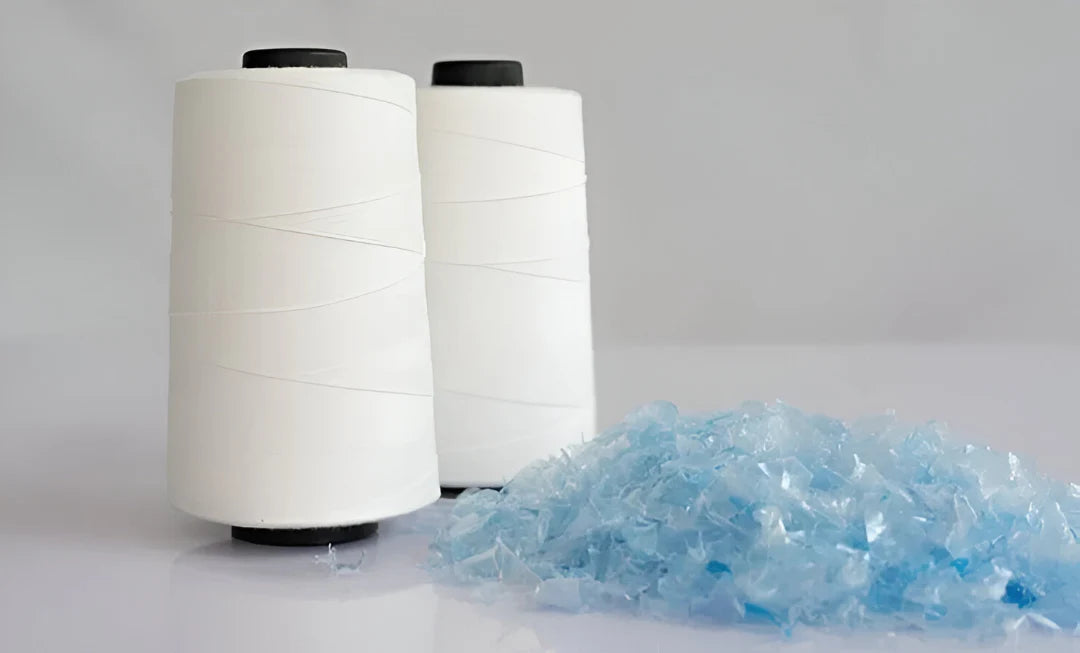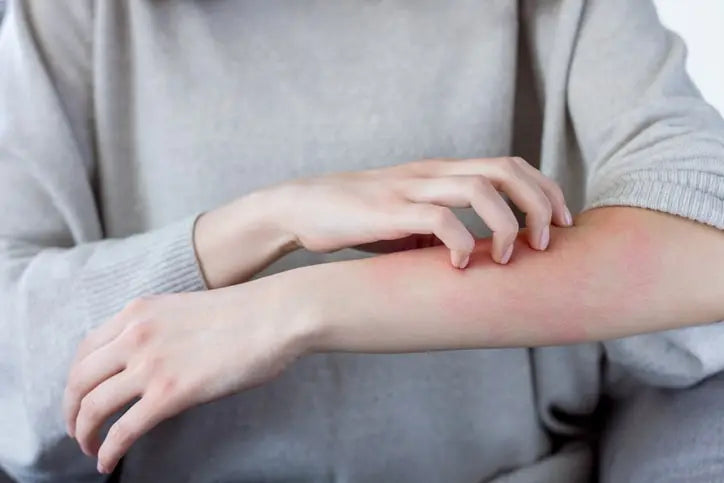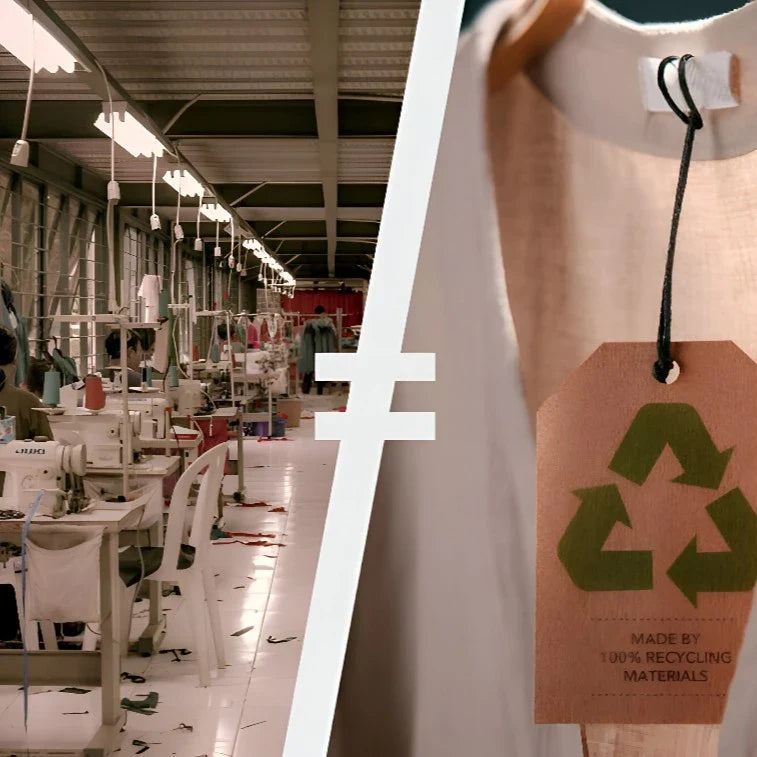The 21st Century:
Digital Revolution and Market Dynamics
AYA | NOVEMBER 12, 2024
READING TIME: 4 minutes
In the last 20 years of the 20th century, clothing production in the USA, one of the world's largest clothing markets, increased by a staggering 6,950 thousand tons. [1] This surge was driven by the power of media and technology. Remember how television, color TV, and the golden age of cinema brought fashion into the spotlight? Now, with the rise of the Internet and social media, the reach of fashion and the speed at which new clothing lines are launched have skyrocketed.
Let’s explore how these changes have reshaped the industry. A significant factor in this transformation is the expansion of the middle class. From the mid-20th century onwards, economic factors like easier bank credit, the proliferation of credit cards, and a drop in inflation since the 1980s contributed to a substantial increase in the middle-class population.
In the United States alone, the middle class grew from 14% to 21% between 1970 and 2020 [2] representing an additional 39 million people. In Latin America, over 50 million people joined the middle class from 2000 to 2012. [3]
This burgeoning middle class did more than just expand the consumer base—it also altered purchasing behaviors. People began to shop not only out of necessity but also for pleasure, driven by trends and an ever-expanding array of options. Fashion became not just a need but a form of self-expression and enjoyment, marking a shift from basic necessity to hedonic consumption—a trend where the joy of shopping and the thrill of new trends became paramount.
The Digital Era in the Fashion Industry: An Inevitable Leap, but Will There Be a Limit?
Online clothing shopping.
Enter the digital age, where the Internet revolutionized fashion into a global marketing juggernaut. Brands could now launch campaigns that reached consumers across the globe, creating a surge in demand that was previously unimaginable. To keep up with this demand, many companies began outsourcing production to less developed countries. [4] This strategy allowed them to scale up operations, reduce costs, and meet the insatiable appetite for fashion. This shift gave rise to fashion giants like Zara, Topshop, and Gap, who thrived on producing more while spending less.
E-commerce emerged as a game-changer in this new landscape. Defined by electronic shopping that doesn’t require a physical store, e-commerce exploded in importance. By 2019, leading B2C (business-to-consumer) e-commerce companies in the USA and China generated a staggering $2,399 billion in revenue, with about 28% of this tied to fashion. Online shopping transformed fashion retail, making it more accessible and convenient for consumers. The joy of shopping from the comfort of one’s home became a norm, further fueling the demand for fashion.

B2C sales of the 5 countries with the most e-commerce stores
Shopping for fashion became a fun and enjoyable experience, with a focus on pleasure-driven purchases. This shift in consumer behavior, known as hedonic consumption, [5] reflects how buying fashion items is now about more than just necessity—it’s about the thrill of the hunt and the joy of luxury.
The fashion industry saw impressive growth from 2011 to 2019, with revenue climbing by 4.78% to reach $1.8 trillion—an increase of around 900 billion dollars in 8 years. [6] Projections suggested that this figure could hit $2.24 trillion by 2025, illustrating the sector’s robust growth trajectory.
However, just as the industry was riding high on this wave of digital transformation and economic expansion, the COVID-19 pandemic arrived, bringing with it a seismic shift in how we view and consume fashion. The pandemic disrupted supply chains, forced retail closures, and altered consumer habits. With lockdowns and social distancing measures in place, many turned to online shopping as their primary means of acquiring fashion items. Virtual fashion shows, digital fitting rooms, and enhanced e-commerce platforms became essential tools for brands navigating the new normal.
It’s clear that the digital revolution isn’t just a passing trend; it’s a fundamental shift in how the fashion industry operates. The rise of e-commerce and digital marketing has irrevocably changed consumer behavior and industry practices. As we move forward, the lessons learned during the pandemic—such as the importance of adaptability, sustainability, and digital engagement—will continue to shape the future of fashion.
Glossarykeywords
E-commerce:
It means electronic commerce, whose business model allows the purchase and sale of services and products through the Internet, via websites and social networks. Its main benefit is that it offers customers and users the possibility of making commercial transactions, avoiding the time and distance limitations of the traditional commerce model.
Hedonism:
Philosophical current that places pleasure as the basis of behavior and avoids pain in everyday actions. Its guiding line for behavior is morality.
Leading B2C:
It is the process of converting individual prospects into customers. It is a step-by-step process that includes: Creating brand awareness, providing information about the product to the prospects, contacting the prospects who show interest in the product and finally convincing the prospects to buy the product.
Middle-class population:
The middle class is the economic group between the wealthy and the working class.
Outsourcing:
In the commercial world, it is a practice where the contracting company seeks a third party (person or company) to carry out tasks, manage operations or provide various services.
Glossarykeywords
E-commerce:
It means electronic commerce, whose business model allows the purchase and sale of services and products through the Internet, via websites and social networks. Its main benefit is that it offers customers and users the possibility of making commercial transactions, avoiding the time and distance limitations of the traditional commerce model.
Hedonism:
Philosophical current that places pleasure as the basis of behavior and avoids pain in everyday actions. Its guiding line for behavior is morality.
Leading B2C:
It is the process of converting individual prospects into customers. It is a step-by-step process that includes: Creating brand awareness, providing information about the product to the prospects, contacting the prospects who show interest in the product and finally convincing the prospects to buy the product.
Outsourcing:
In the commercial world, it is a practice where the contracting company seeks a third party (person or company) to carry out tasks, manage operations or provide various services.
References:
[1] U.S. Environmental Protection Agency. Textiles: material-specific data [Internet]. [cited 2024 Sep 25]. Available from: https://www.epa.gov/facts-and-figures-about-materials-waste-and-recycling/textiles-material-specific-data
[2] Pew Research Center. How the American middle class has changed in the past five decades [Internet]. 2022 Apr 20 [cited 2024 Sep 25]. Available from: https://www.pewresearch.org/short-reads/2022/04/20/how-the-american-middle-class-has-changed-in-the-past-five-decades/
[3] World Bank. Latin America: Middle Class hits Historic High
[Internet]. 2012 Nov 13 [cited 2024 Sep 25]. Available from: https://www.worldbank.org/en/news/feature/2012/11/13/crecimiento-clase-media-america-latina
[4] Riello, G. (2016). Brief history of fashion. [1] 2016.
[5] Alaba, O. A., Olusola, K. O., & Oke, I. A. (2024). Lanolin recovery from wool scouring wastewater by solvent extraction: Process optimization using response surface methodology. Journal of Industrial Textiles and Materials, 5(2), 100283. https://doi.org/10.1016/j.joitmc.2024.100283
[6] Del Olmo Arriaga, J. (2022) Consumer behavior and impulse buying in fast fashion physical stores in Spain. Abat Oliba University. Department of Economic and Social Sciences.
You don't have to put all the weight on your shoulders. Every action counts. At AYA, we fight microplastic pollution by making a 100% plastic-free catalog.
Visit Our Shop →You May Also Like to Read...
The Truth About Recycled Polyester in Fashion
Discover the hidden costs of recycled polyester. Learn why rPET isn't as sustainable as it seems and what real circular alternatives look like.
Synthetic Fabrics vs. Organic Cotton: Impact on Skin Health
Discover how polyester and other synthetic fabrics can irritate your skin and why organic cotton, especially Pima cotton, is a healthier and safer choice for sensitive skin.
What Peru Whispers: Organic Pima Cotton Grown with Tradition and Care
In the quiet corners of Peru, organic pima cotton is grown with respect for the land. A luxurious, timeless textile waiting to be discovered.
Why Sustainable Fashion Shouldn’t Be Fast Fashion
Recycled materials and green labels won’t fix fast fashion. Discover why real sustainability means slowing down.
